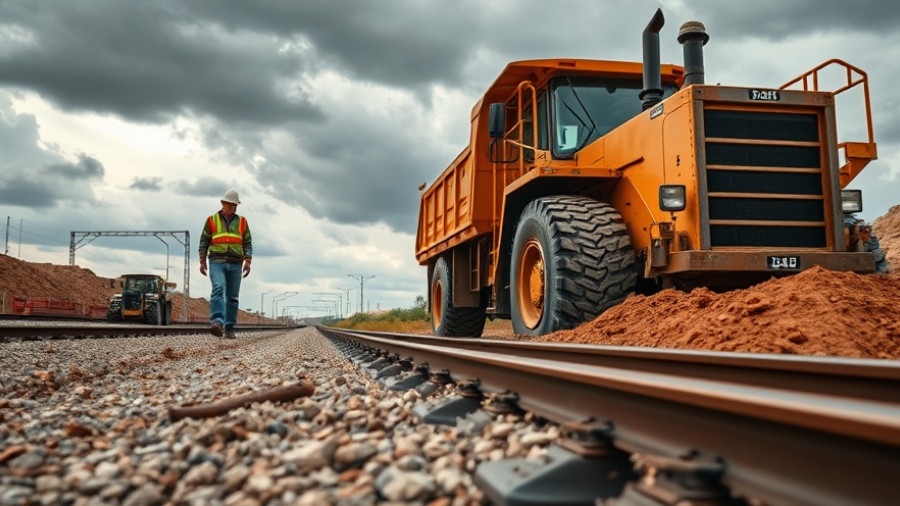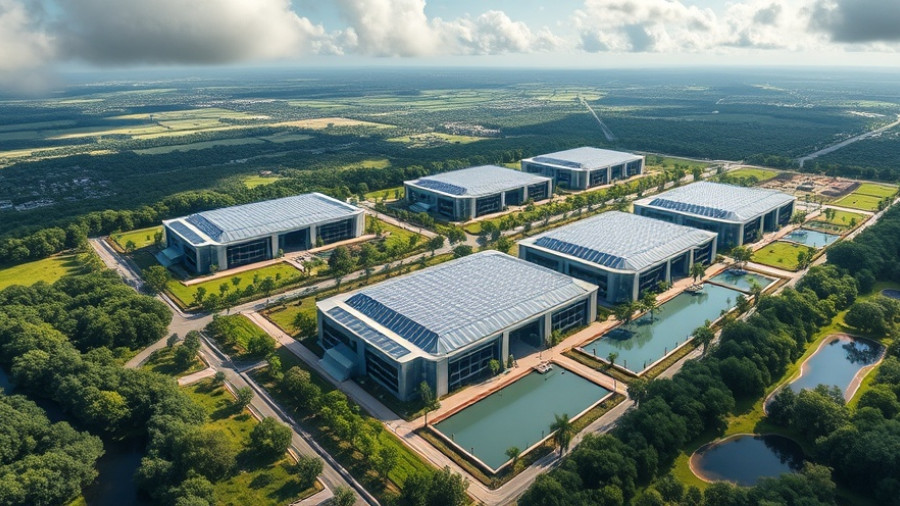
A Snow Day Effect: OSHA's Challenge During the Shutdown
The ongoing federal government shutdown, now extending past three weeks, presents significant challenges for the Occupational Safety and Health Administration (OSHA). Jim Frederick, a principal at NexusHSE and former deputy assistant secretary at OSHA, likened the situation to missing a school day: crucial workdays for rulemaking are lost and cannot simply be made up. While essential OSHA staff remain operational, representing about 20% of the workforce, the shutdown hampers critical enforcement and regulation efforts, putting both employers and employees in a precarious position.
Mandatory Deadlines: What Employers Must Know
Even though the majority of OSHA's staff is furloughed, employers must remain vigilant. Existing statutory deadlines, including the six-month rule for issuing citations and the 15-day period to contest those citations, remain unaffected during the shutdown. As noted by Phillip Russell, an OSHA and employment lawyer, operators must act promptly, even amid federal inaction. Failure to observe these deadlines could result in serious consequences, creating an unintentional disadvantage for businesses navigating these turbulent times.
Impact of the Shutdown on OSHA's Rulemaking
The ongoing shutdown significantly disrupts OSHA’s rulemaking agenda. Recent discussions have centered around the proposed heat injury and illness standard, which has remained stalled since its publication in summer 2024. Critics have called for a more performance-based approach to the rule, but time is limited. Heather MacDougall, a safety attorney and former vice president at Amazon, emphasizes the urgency: “The clock is ticking.” The potential for delayed implementation underscores the importance of knowing how these standards might evolve once operations resume.
Local Oversight: The Role of State OSHA Plans
Interestingly, not all OSHA-related operations are halted during the federal shutdown. States with OSHA-approved plans—21 states plus one territory—continue to enforce regulations independently. This creates a dual system where federal oversight is diminished, yet state agencies remain operational. Employers operating in states with their own OSHA plan must adhere to local regulations, ensuring compliance even as federal standards are delayed.
Expectations Post-Shutdown: Preparing for Backlogs
As the shutdown progresses, the anticipation of a backlog of citations and inspections looms. Peter Vassalo, a seasoned compliance attorney, indicates a significant wave of pending reports and inspections that will inevitably collide with an overwhelmed OSHA. Employers should prepare for enhanced scrutiny and perhaps a backlog of regulatory responses awaiting their attention once operations resume.
Taking Proactive Steps: Navigating OSHA Compliance
In light of the uncertainties and the profoundly affected operational environment, organizations need to adopt a proactive stance toward compliance. This involves engaging with legal counsel for guidance, remaining informed about the status of ongoing rules and regulations, and keeping track of any developments that may impact workplace safety. Businesses should not interpret the shutdown as a permission slip for negligence; rather, it is an opportunity to bolster safety protocols in anticipation of future regulatory frameworks.
As the situation continues to unfold, it is crucial for business owners, property developers, and facility managers to stay informed about OSHA's movements during this time. Preparing for both immediate and future compliance challenges will ultimately safeguard both employee well-being and organizational interests.
 Add Row
Add Row  Add
Add 




Write A Comment